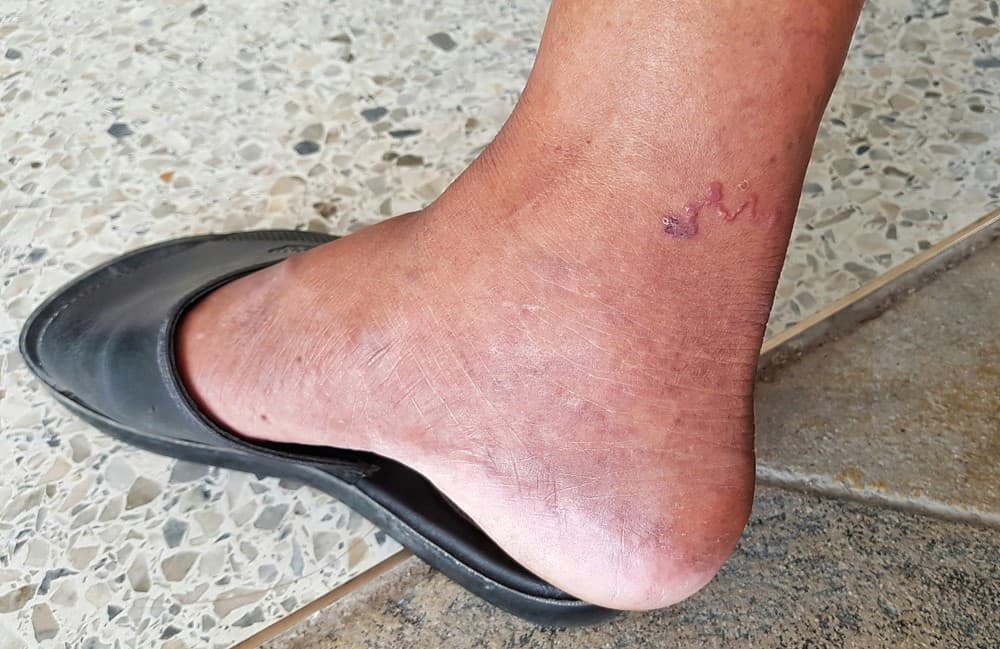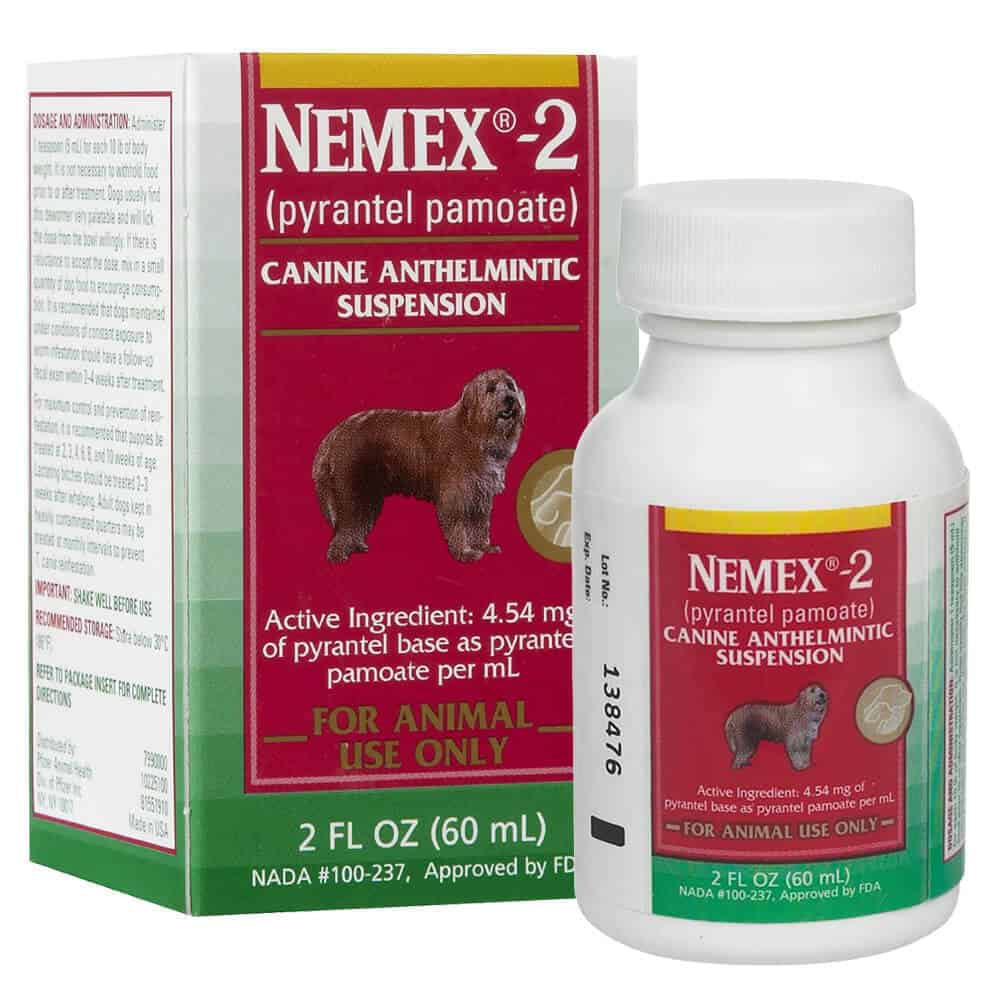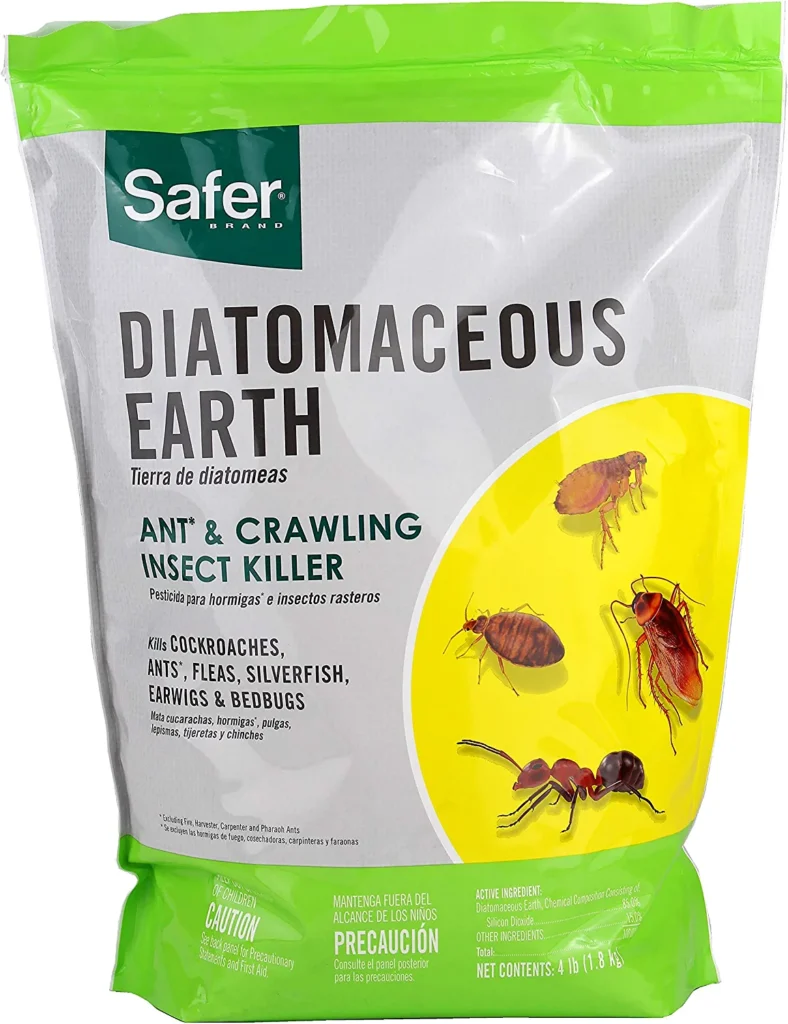Unlike other intestinal worms and parasites, hookworms can stay alive in the yard without an intermediate host. Hookworm larvae hatched from eggs can remain infective in the soil for weeks or even months. This makes them a constant threat to your pets.
Your dogs and cats will step or lie on them and accidentally ingest them when grooming themselves or smelling feces (a popular dog habit). Even when not ingested, they sometimes find their way to the animal’s digestive tract through the skin.
The sneaky parasites even secrete anticoagulants as they feed on their host’s blood; your pet won’t stop bleeding in the gut even after they have drunk their fill.
The loss of blood from siphoning and open gut wounds make your dog weak and anemic and is particularly lethal for young puppies. They must be eradicated as early as possible, which is no mean feat.
You need to address both the hookworm carriers and their environment to successfully eliminate a hookworm infestation in your yard as it is a connected cycle. Stick around to learn how treatment, sanitation, and the environment can be combined to handle the hookworm nuisance conclusively and allow you to maintain proper disease control.
Treating Infected Animals
Pets are treated for hookworm infection using anti-parasitic drugs known as anthelmintics which are selectively toxic to the parasite and not the host. They effectively eliminate parasitic hookworms but, unfortunately, only kill adult hookworms (This is because they are orally ingested and work primarily in the digestive system where the adults are sucking blood).
It takes two to three weeks for hookworm larvae to mature and produce worm eggs. This means the drugs will have to be administered to the cats and/or dogs again after two to four weeks to kill any newly developed adult with a larva at the last treatment.
Prevention is better than cure, so veterinary-approved anthelmintics should be administered to puppies when they are two to three weeks old to get rid of any infection that might have occurred in the uterus (prenatal).
Pregnancy hormones tend to activate dormant hookworm cysts in the pet’s body. Their nursing mothers should also be dewormed because there is a risk of hookworms spreading through nursing milk (transmammary).
Your pets should also be put on a monthly heartworm preventive regimen. The deworming agent should contain anthelmintic ingredients like pyrantel which paralyzes the worms until they are ejected from the body. This makes it double as a deterrent for hookworm development. All pets should also be dewormed at the first sign of infection and periodically for good measure.
The Nemex-2 canine anthelmintic suspension by Pfizer is highly popular because of its efficiency in dealing with both roundworms and hookworms. This can be attributed to its 4.54mg of pyrantel pamoate per ml concentration.
Eliminate roundworms and hookworms in puppies and adult dogs. Give directly or mix with food.
Proper Disposal of Animal Waste
The dog’s environment is prone to infestation by hookworm eggs and larvae because they are mostly passed out along with fecal matter. The larvae can survive for weeks if the infected soil is cool and moist, but they will struggle in extreme coldness or high temperatures and where the atmosphere is dry. All fecal matter should be removed instantly from the yard.
Dispose of them in plastic bags and use gloves while handling them. This should be done at least once a day or twice every 24 hours, but it is much better to accompany your pet outside and pick up the feces immediately as you would if you were outside on a walk. You can remove the hookworm eggs from your yard before they hatch and reinfect your pets or infect household members.
Training your dog to only use one part of the yard as its latrine goes a long way in ensuring they won’t be randomly reinfected, nobody else steps on the hookworm larvae, and the feces are easily disposable.
Keep strange animals off your property as much as you can. The hookworm infestation might have an external source. Try fencing the yard to keep the strays out and ensure your neighbors and visitors know to pick up after their dogs if they pass by your property.
Note that other animals besides cats and dogs can also spread hookworm eggs and larvae, so even the squirrels and raccoons are equally suspect as much as they won’t be afflicted.
Diatomaceous Earth (DE) Application
This is a natural mineral-based pesticide that comes in the form of a powder that resembles talcum powder. It is a product of fossilized water plants and contains magnesium, sodium, iron, calcium, silicon, and many other trace minerals.
It is an effective insecticide because it is a desiccant (which induces dryness in its environment). The dust particles feature sharp microscopic edges that will cut through the insects’ protective coverings and dry them out. Additionally, unlike chemical-based insecticides, the way it works offers no chance for the insects to develop a resistance to the powder. It should dry out the hookworm larvae and kill them.
It accomplishes this without affecting the plants or beneficial microorganisms in the contaminated soil, allowing your yard to flourish. It is both a remedy and a preventive measure because it repels and eliminates parasites.
The best time to apply DE is after it has rained or early in the morning while the yard is still dewy. This makes it easy for the powder to stick to the foliage and reduces airborne dust blown away from the target area. If it rains immediately after you have applied it, on the other hand, you might have to reapply the powder because it won’t spread out as required but will follow the water path instead.
If your pets also spend a lot of time on the carpet in the house, you might want to give the carpet a similar DE treatment; otherwise, the cycle might continue. The larvae also burrow into the skin when the dog walks or lies on contaminated surfaces and will easily be transferred to the carpet.
You should follow the instructions on the packaging as you apply DE and ensure to have a dust mask or respirator mask on so that you don’t inhale the powder. It might irritate the mucous membranes of your nose and mouth.
Eyewear is also recommended, so the dust particles don’t get to your sensitive eyes. You should keep your pets and children clear of the dusting area for these same reasons until all the dust settles. This diatomaceous earth from Safer Brand can be used both indoors and outdoors. It is also unscented, so it is less likely to trigger irritation for sensitive household members.
Kills a variety crawling insects including roaches, ants, fleas, silverfish, earwigs, bedbugs, and more.
Applying Sodium Borate or Boric Acid (Borax)
Spread it over sandy or clay areas of the yard where plants don’t grow because it is potent enough to destroy the plants themselves (unless you are willing to start over). Despite the lack of cover, these spots are occasionally moist enough to host hookworm eggs and larvae and should be included in any wholesome plan to get rid of hookworms in your yard.
The adequate ratio is 10 pounds of sodium borate for every 100 square feet. Spread a layer on top so you are sure it’s covering the whole region, then rake it into the soil to ensure it gets to all the hookworms at whichever stage of the life cycle they are in. The best time to do this is when there is projected dry weather so that the rains don’t dilute the boric acid.
Use the same solution to clean dog kennels and dog runs, even if your dogs relieve themselves on a concrete part of the yard. There might be traces of infected feces on their fur, feet, and shoes as you walk around the yard.
Start by hosing the dog’s run floor or the kennel with plain water before applying the boric acid, then let it sit for 30 minutes to soak in. You can then use a broom or brush with stiff bristles to sweep the surfaces and let them dry.
Dehydrate the Yard
Hookworm eggs require a bit of moisture, and the dryness will choke them. Don’t water the yard for a few days until you are certain it has dried out completely. Trim the grass, hedges, and other vegetation so that the ground does not retain moisture and there are no shadows to shield the parasites. Allow sunlight to get into the soil for a minimum of 2 hours each day if possible.
Exposing the Soil to Extreme Temperatures
Hookworms are also averse to extreme heat and cold. Their larvae will die if the soil is exposed to freezing winter temperatures. If you live in such climates, a cold snap might be sufficient to do the job. On the other hand, the larvae can’t survive in high temperatures above 113°F. Just ensure the affected bits of the yard have no cover and are not getting cooled down through other means so the summer sun can fry those larvae.
Trimming the bushes also aids the process significantly in both of these extremes.
Undoing the Whole Yard – The Last Resort
If the signs of hookworm infestation persist after using all the above methods, it might be time to take drastic measures for guaranteed returns. This involves letting go of the entire lawn and remodeling the yard entirely from scratch.
You will need to rip up the lawn and scrape off a couple of inches of the topsoil where hookworm larvae wiggle in. This exposes this region to sunlight, dries up the soil, and provides an opportunity to apply boric acid or bleach without reservations.
The eggs and larvae will not survive this onslaught, but it will take you several months to restore the lawn.
Hookworm Effects on Humans
If you are reluctant to overhaul the entire yard for your dog(s), we should also point out that hookworms also infect humans. While an adult hookworm won’t infect you, the larvae are not discriminatory and will burrow into your skin, especially through bare feet. This causes itchiness and irritation which is commonly referred to as ground itch.
Many of them will die at this stage, but occasionally the larvae migrate through the body and might even damage your eyes and organs. If they make it to your digestive system, they will suck your blood through the stomach lining.
Signs of hookworm infection in humans include anemia and protein loss. You should consult your doctor if you suspect you have been compromised.
Fortunately, for a human to be affected by hookworms, their skin has to contact moist, hookworm-infested soil. This is easily avoidable through practicing good hygiene. Always wear shoes in the yard if it has been exposed to hookworms.
Provide plenty of room for the animals to roam so they are not forced into close contact with you and the feces.









